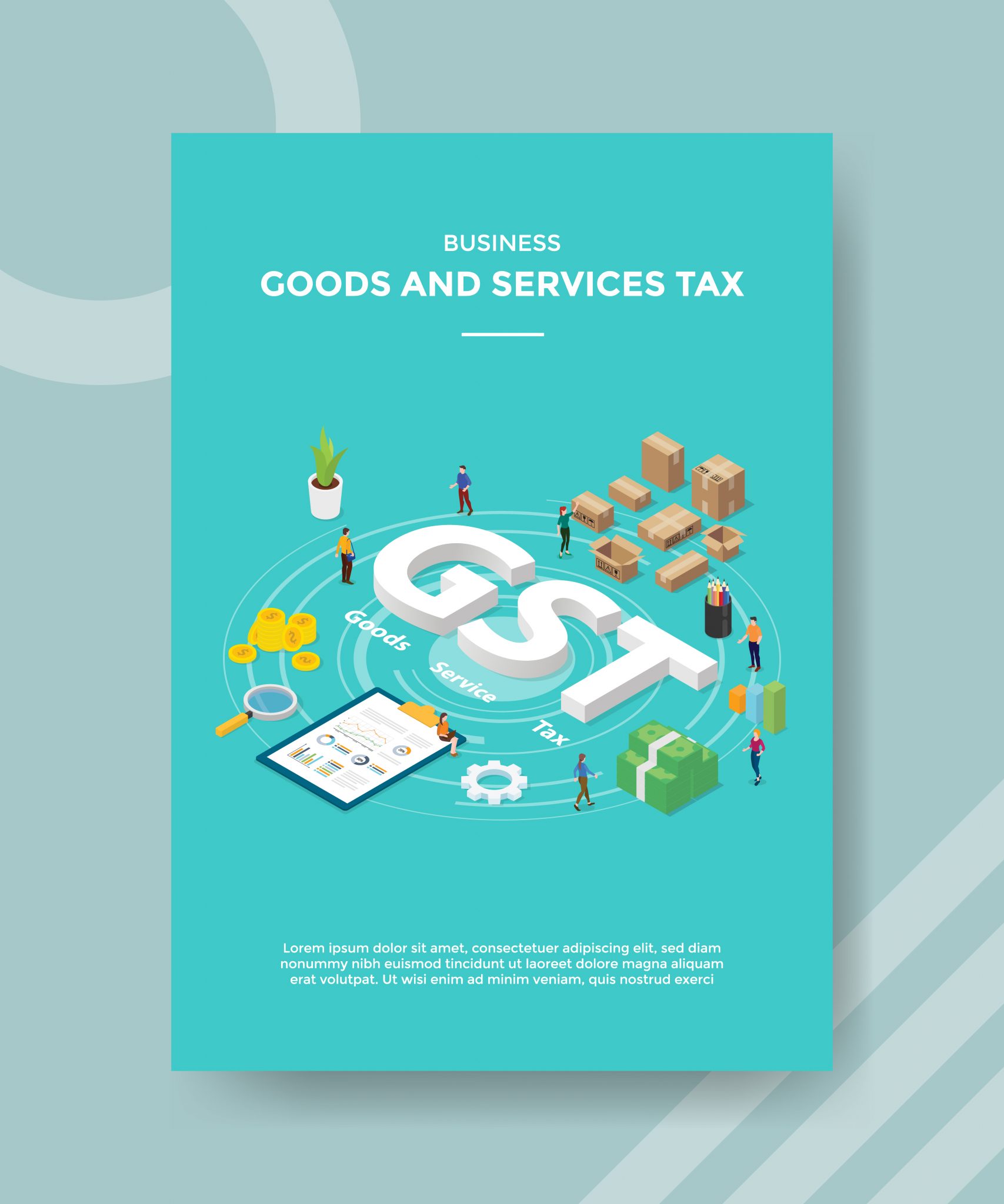News Highlight
Supreme Court notice on Kerala GST law permitting levy, collect and assess tax under repealed VAT law.
Key Takeaway
- A Bench of Justices S Ravindra Bhat and Dipankar Datta issued the verdict in response to a plea filed against a November 22 Kerala High Court decision dismissing a challenge to the constitutional validity of these provisions.
Goods & Services Tax (GST)
- About
- The GST (122nd Constitutional Amendment) Bill, 2014 was passed in May 2015.
- It was enacted as the Constitution (101st Amendment) Act, 2016, and went into effect on September 16, 2016.
- In addition, it represents India’s first big step toward indirect tax reform in thirty years.
- The GST was implemented on July 1, 2017.
- It is a tax levied when a consumer purchases a good or service.
- It is intended to be a single, comprehensive tax that will replace all other smaller indirect consumption taxes such as service tax, etc.
- It absorbed 17 significant taxes and 13 cesses.
- It is a single tax on the supply of goods and services, beginning with the maker and ending with the end user.
- This taxation scheme has been implemented in over 160 nations.
- Furthermore, GST does not tax or regulate certain goods.
Benefits of GST
- For Central and State Governments
- Simple and Easy to administer: Many indirect taxes at the central and state levels have been replaced by a single “GST” tax.
- Better tax compliance, reduced rent-seeking, and transparency in taxation due to IT use.
- And an inbuilt mechanism in the architecture of GST would promote tax compliance by traders.
- Higher revenue efficiency: Because the cost of the collection will reduce, as will the ease of compliance, tax revenue will grow.
- For the Consumer
- Inflation will be reduced due to the single, transparent tax.
- Additionally, it reduced the overall tax burden.
- Tax democracy means that luxurious commodities will be taxed more heavily, while essential goods will be tax-free.
- For the Business Class
- Because of the ease of tax compliance, the ease of doing business will increase.
- The uniformity of tax rates and structures leads to better future corporate business decisions and investments.
- In addition, tax-cascading consequences are eliminated.
- Reduced transaction costs will result in increased competitiveness.
- Furthermore, manufacturers and exporters benefit.
Challenges Of GST
- Firstly, input credit for SCGT and CGST cannot be combined.
- Manufacturing states suffer significant revenue losses.
- High tax rate to compensate for current revenue gathered from different taxes, i.e. High Revenue Neutral Rate.
- Furthermore, states’ fiscal autonomy is being reduced.
- Concerns expressed by banks and insurance businesses about the requirement for numerous GST registrations.
- The imposition of an additional cess.
- The ability of state tax authorities, who have traditionally taxed products rather than services, to cope with the latter is uncertain.
- GST’s success depends on the political agreement, technology, and the ability of tax officials to adapt to new requirements.
Exemptions under GST
- Customs duty and IGST on imported goods would continue to be collected.
- Currently, petroleum and tobacco products are exempt.
- Excise duty on alcoholic beverages, stamp duty, and power taxes are also free.
Value Added Tax (VAT)
- About
- The Value Added Tax (VAT) is an indirect value-added tax implemented in the Indian taxation system on April 1, 2005.
- VAT is a consumption tax applied on a commodity at any step in the supply chain, from manufacturing to sale.
- The amount of VAT paid by the consumer is calculated by deducting the cost of the product from any previously taxable expenses of products utilised in the product.
- As a taxation concept, VAT replaced Sales Tax.
- VAT was implemented to create a single, integrated market in India.
- It was, however, implemented at the state level.
- Except for the Andaman and Nicobar Islands and the Lakshadweep Islands, VAT was imposed in all Indian states and union territories from June 2, 2014.
Advantages of VAT
- VAT is required at every stage of the purchase and sale of goods and services, making it difficult to evade taxes and promote transparency.
- VAT, when applied evenly, accounts for a significant portion of revenue collection.
- It strengthens tax policy while addressing the fiscal policy imbalance.
- The VAT system is used for taxation by 160 of the 193 nations.
- VAT is an internationally recognised tax system that promotes good relations with other countries to facilitate foreign trade.
- VAT keeps a close eye on all transactions, making the tax payment procedure more efficient and straightforward.
Disadvantages of VAT
- Firstly, taxation has a cascading impact.
- It was not feasible to claim Input Tax Credit (ITC) on VAT-registered services.
- Varying states have different VAT rates.
- Each state has its VAT law.
- Furthermore, CST input cannot be offset against VAT and vice versa.
What does GST provide that VAT does not?
- GST unifies the entire nation in terms of how the tax is collected.
- Additionally, it is intended to be a single, comprehensive, destination-based taxing model.
- GST has transformed the Indian taxation system.
- GST wants to reduce the concept of “tax on taxation” even further.

Pic Courtesy: The Hindu
Content Source: The Hindu



